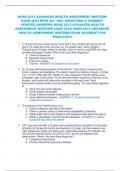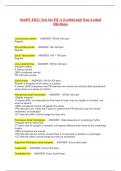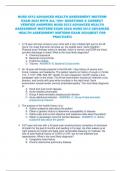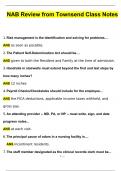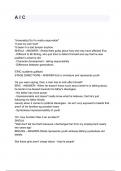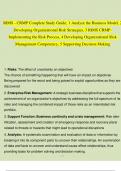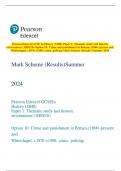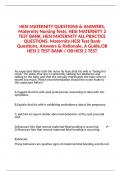Exam (elaborations)
HESI PN NURSING CARE OF CHILDREN PROCTORED EXAM (NEW 2023,42 EXAM SETS) / PN NURSING CARE OF CHILDREN HESI PROCTORED EXAM (NEW 2023,42 EXAM SETS) / PN HESI NURSING CARE OF CHILDREN PROCTORED EXAM (NEW 2023,42 EXAM SETS):100% CORRECT & VERIFIED
- Course
- Institution
HESI PN NURSING CARE OF CHILDREN PROCTORED EXAM (NEW 2023,42 EXAM SETS) / PN NURSING CARE OF CHILDREN HESI PROCTORED EXAM (NEW 2023,42 EXAM SETS) / PN HESI NURSING CARE OF CHILDREN PROCTORED EXAM (NEW 2023,42 EXAM SETS):100% CORRECT & VERIFIED
[Show more]




